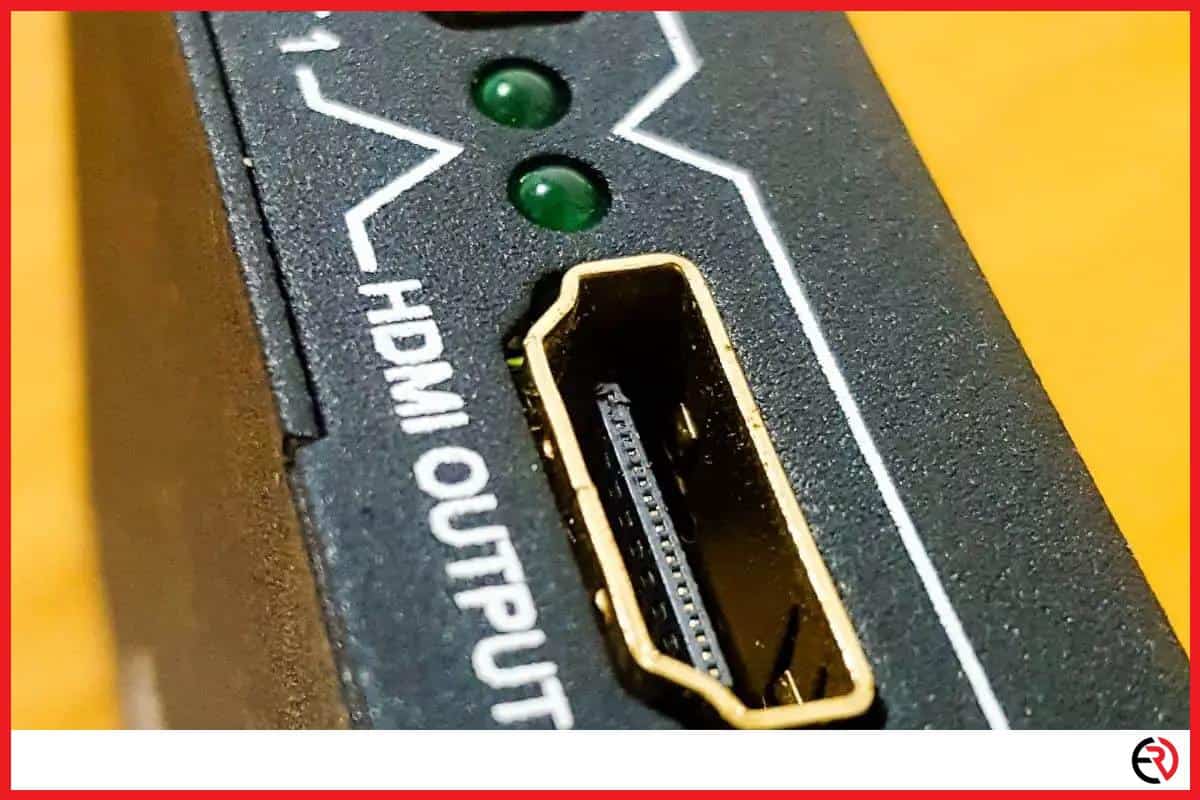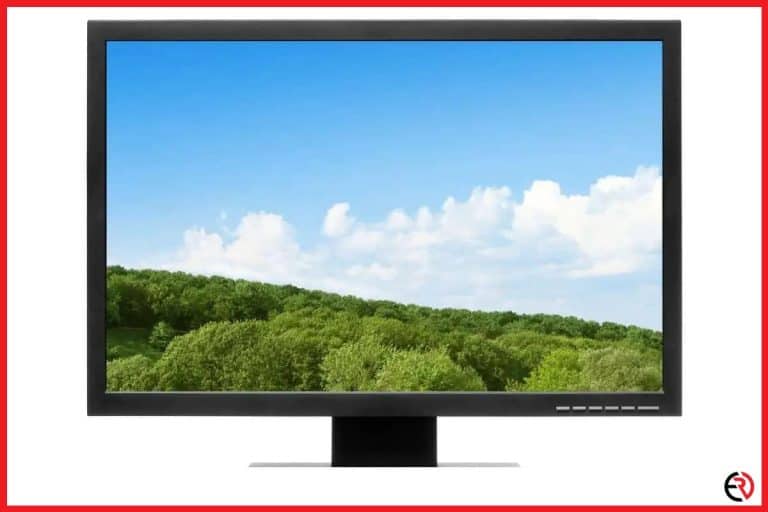How do HDMI Splitters Work? (A Complete Guide)
This post may contain affiliate links which means that, if you choose to make a purchase, I may earn a small commission at no extra cost to you.
The shift from a regular workspace to work from the home environment has not been easy. While some thrive in the environment, others find it challenging to make the shift, primarily because of the setup. Most people require multiple displays for work, and setting them up is painful. Wireless display technology is not cut out for this. Your best bet is an HDMI splitter, and in this guide, you will learn everything about it.
HDMI Splitters let you split your video source into multiple signals. The main signal cable goes into the splitter. Then you can connect the input cables of other displays to the output of the splitter, and all of them will show the same content as the source with a few limitations.
Most people confuse HDMI splitters with Switches which are obviously not the same. I’ll discuss it shortly in a small section, but for now, let’s start with the general guide.
Why split an HDMI signal?
Splitting HDMI signals allows the user to watch shows on multiple TVs. It’s also helpful in giving presentations via a projector from a laptop. Even streamers use HDMI splitters to connect multiple displays, one for interacting with chat and the others for playing games or similar activities.
HDMI splitters are helpful tools with the potential to save you tons of money. Even outside of a home environment, these cables are widely used in restaurants or office spaces where multiple displays are running all the time. They can be CCTV”s or television”s broadcasting news or sports channels, especially in restaurants and bars.
When it comes to a home setup, you can use the HDMI splitters to watch shows on multiple T.V.s using one cable connection or subscription. Streaming platforms like Netflix charge more for various accounts. Even DISH television or the local cable T.V. charges you extra for a second connection/cable box. The HDMI splitter enables you to bypass that compulsion simply by interconnecting your televisions.
How to connect an HDMI cable splitter?
Connecting an HDMI splitter is super easy. Insert the output from the source (laptop, cable box, etc.) into the splitter’s input. Next, connect whatever destination you want to share the media, for instance, a projector, television, monitor, etc.
Once your splitter is powered up, it will display everything from the source into the destined locations. However, compatibility matters. The splitters mentioned here usually work on HDTVs. The setup will not work if you simultaneously split the signal on both an HDTV and CRT TV.
It is also impossible to link a signal splitter with a signal converter because there will be too much going on. That level of signal extension is unstable will signal attenuation and, in worse cases, total signal loss. High-power splitters exist that are capable of distributing one signal to up to 16 HDTVs projectors or monitors. But mixing converters with a splitter will indeed cause issues.
What is HDCP, and how to bypass it?
HDCP is an anti-piracy measure included in TVs, streaming devices, and cables. It protects media playing on the devices from being pirated via a verification process between the screen and the video-playing device. Most splitters don’t work because of the anti-piracy measure, but it’s bypassable.
The verification process in place confirms whether you are using an HDMI-approved device that will not be recording content (high-bandwidth) directly from the source, like a Blu-Ray disc. The verification process blocks all content from coming from both cable and satellite.
An HDCP-protected video will not play on devices that are not HDCP compliant. However, a fallback mode reduces the resolution of the HDCP-compliant video to a lower resolution on splitters without HDCP licenses. However, there is no guarantee that it will happen. Some cheaper splitters even bypass the signal by accident since the manufacturers cannot afford an HDCP license.
Here is what to look for in spitters that are capable of HDCP bypass:
1. It should cost $40 or less.
2. It should have its own power adapter.
3. It should comply with HDMI 1.3, 1.3b, 1.4, 2.0, and 2.1.
The OREI HDMI splitter is known for its flexibility and comprehensive audio format support, including True HD and Dolby-AC3. They have numerous options to choose from, but the 1×2 is almost always enough for home purposes.
How to choose HDMI splitters?
Make a detailed list of your requirements, such as the number of outputs, powered or passive, 4K support, audio format, and HDMI versions. Carefully inspect the source video for resolution and audio before buying a splitter. Here is a list of everything you should consider:
1. Output devices – Two for homes and anywhere between four to sixteen for shops depending on the requirement.
2. Passive v.s. Powered – Passive splitters are likely to cause latency issues, so it’s better to use powered ones.
3. Video quality – Not all streaming platforms support 4K quality, but if you have a big T.V. and want to enjoy the finer (pun intended) things in life, then a higher resolution is necessary.
4. Audio quality – Like videos, not all splitters support high audio formats like Dolby Atmos. You won’t receive a similar audio quality if a splitter does not support it.
5. HDCP/EDID Handshaking – Make sure the splitter is HDCP compliant. Otherwise, you’re gambling with the probability of playing HDCP-protected videos. It should also have the EDID feature; otherwise, the device couldn’t announce which video and audio formats it supports.
Pros and cons of HDMI splitters
Pros of HDMI Splitters:
1. Cheap – It allows you to take a single connection and use it across multiple outlets.
2. Simple setup – Easier to manage multiple displays and also works with a home theater setup.
Cons of HDMI Splitters:
1. Limited resolution – Non-HDCP compliant units might have a 50-50 chance of actually showing the content from the source to the connected T.V./monitor. Check the features before buying the device.
2. Interference – The maximum operable length of HDMI cables is fifty feet beyond which you start to get interference. So if you’re planning for long-distance broadcasting, HDMI may not be the best choice.
How do HDMI splitters work?
HDMI splitters are small devices that take one HDMI signal and distribute it over different channels or multiple displays. There are several to choose from, from simple two-way splitters to massive sixteen-way devices.
F.A.Q.
Does an HDMI speaker reduce picture quality?
There is a possibility it can degrade the picture quality. Some passive splitters may not pack enough power to deliver the appropriate audio and video quality. Even if you have a high-quality splitter and T.V., using sub-par HDMI cables will still cause issues.
Can you split the HDMI signal into two or three monitors?
Yes, you can split the HDMI connection to two to up to sixteen monitors and Full HD. The signal is automatically reduced to the lowest quality available regardless of how high the display resolution is on your monitors.
Do HDMI splitters introduce lag?
Good quality HDMI speakers do not produce any lag. But poorly made ones and passive splitters have quite some lag.
Do all HDMI splitters support 4K?
Yes, HDMI splitters support 4K resolution.
Conclusion
HDMI splitters are an affordable way to enhance your viewing and listening experience in your home. It’s also the perfect solution for large shops and shopping malls containing multiple displays. However, you should verify the splitter’s resolution limit and HDCP compliance if possible before making the final purchase. Hope you’ve found this guide helpful stay tuned for more helpful tidbits on everything tech-related. Until next time!









